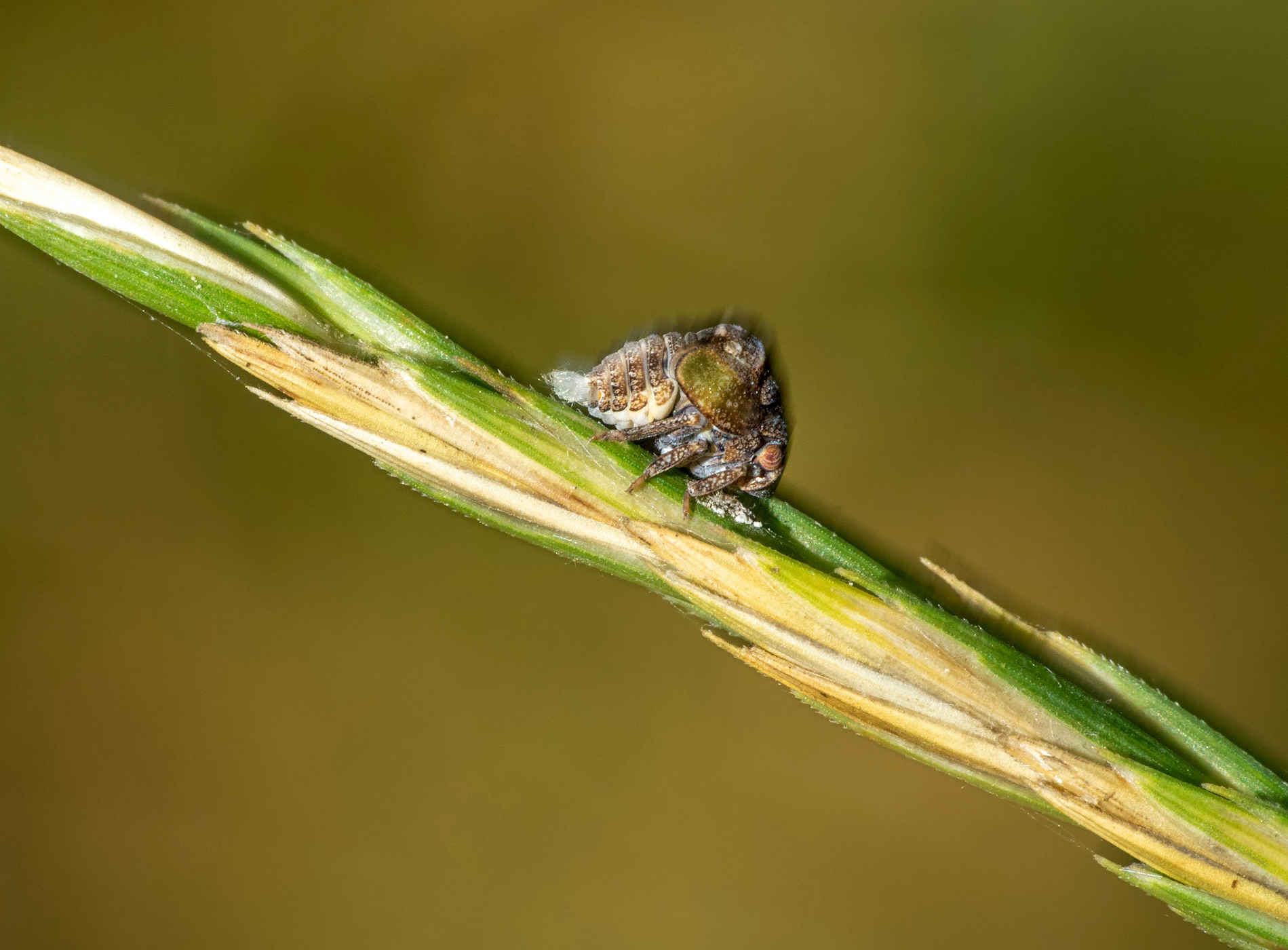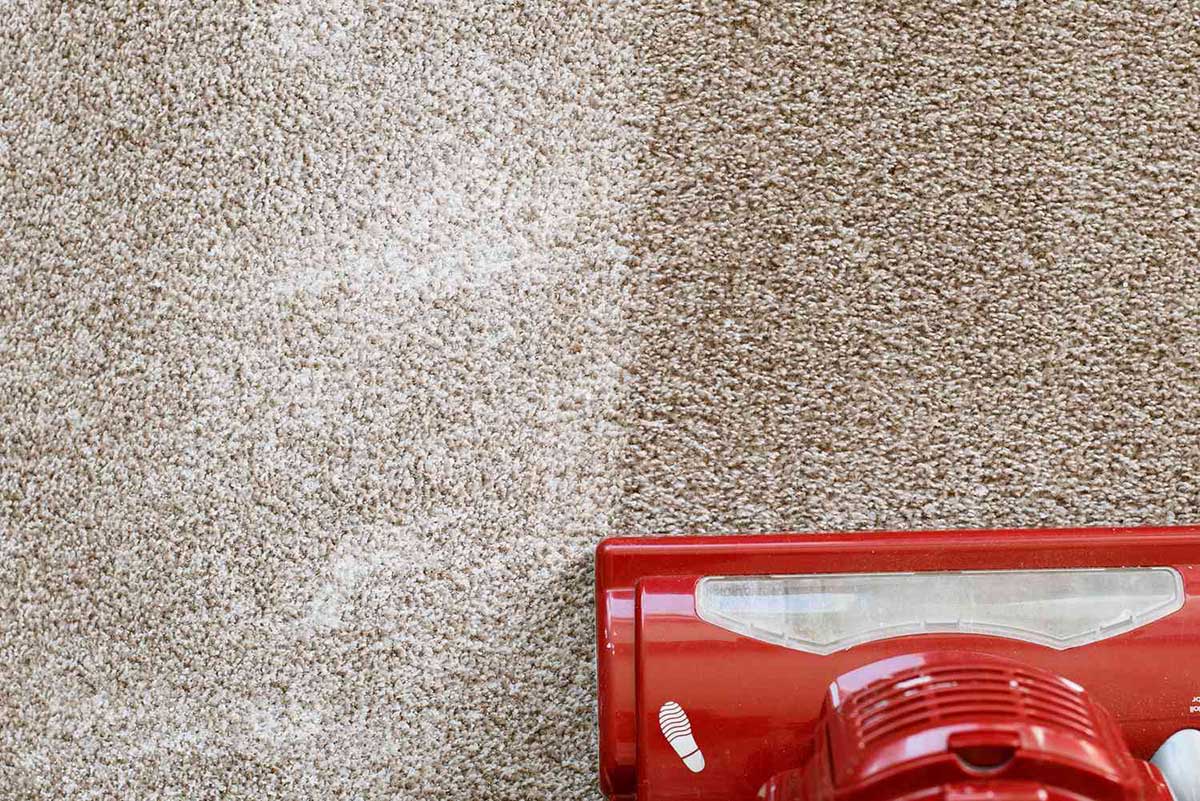Home>Gardening & Outdoor>Landscaping Ideas>How Long Do Fleas Live In Grass


Landscaping Ideas
How Long Do Fleas Live In Grass
Published: January 23, 2024
Discover effective landscaping ideas to control flea infestations in your yard. Learn how long fleas can survive in grass and how to eliminate them. Protect your outdoor space with these expert tips.
(Many of the links in this article redirect to a specific reviewed product. Your purchase of these products through affiliate links helps to generate commission for Storables.com, at no extra cost. Learn more)
Introduction
Fleas are tiny, wingless insects that are notorious for causing discomfort to both pets and humans. These pesky creatures thrive in various environments, including grassy areas, where they can pose a significant nuisance. Understanding the lifespan of fleas in grass is crucial for implementing effective pest control measures and safeguarding the well-being of our furry friends and family members.
In this comprehensive guide, we will delve into the intriguing world of fleas and explore the factors that influence their survival in grass. By shedding light on the flea life cycle and offering valuable insights into preventative strategies, we aim to equip you with the knowledge needed to combat these resilient pests effectively.
Let's embark on a journey to unravel the mysteries of flea infestations in grass and discover the best practices for maintaining a flea-free outdoor environment.
Key Takeaways:
- Fleas can survive in grass for extended periods due to their resilient life cycle, influenced by factors like temperature, humidity, and host availability. Understanding these factors is crucial for effective pest control.
- Preventing flea infestations in yards involves proactive measures such as maintaining lawn, implementing pest control, creating barriers, practicing pet care, and environmental modifications. These actions promote a healthier outdoor environment for pets and family.
Read more: How Long Do Fleas Live On Carpet
Understanding Flea Life Cycle
Fleas undergo a fascinating life cycle comprising four distinct stages: egg, larva, pupa, and adult. Understanding these developmental phases is pivotal in comprehending the dynamics of flea infestations and devising effective control strategies.
Egg Stage
The life cycle of a flea typically commences when an adult female flea lays eggs on a host, such as a pet or wildlife, or within the surrounding environment, including grassy areas. These tiny, white eggs are not firmly attached to the host and can easily fall onto the ground, where they become concealed within the grass and soil.
Larval Stage
Upon hatching from the eggs, flea larvae emerge and actively seek shelter in dark, humid environments, such as the base of grass, leaf litter, or soil. Here, they feed on organic debris and develop through several molting stages. The grass provides an ideal habitat for flea larvae, offering protection from sunlight and potential disturbances.
Pupal Stage
As flea larvae mature, they spin protective cocoons within the grass and soil, where they undergo metamorphosis into pupae. The pupal stage is crucial for the development of adult fleas, as they remain dormant within their cocoons, shielded from external threats. This protective mechanism allows pupae to survive in grass for extended periods, awaiting favorable conditions to emerge as adult fleas.
Read more: How Long Does Wheatgrass Live
Adult Stage
Once the environmental conditions are conducive, adult fleas emerge from their pupal cocoons and seek hosts for blood meals. Grassy areas serve as prime locations for adult fleas to await the arrival of potential hosts, including pets and humans. The resilient nature of adult fleas enables them to thrive in grass, perpetuating the cycle of infestation.
Understanding the intricacies of the flea life cycle illuminates the challenges posed by these resilient pests in grassy environments. By gaining insights into each developmental stage, we can implement targeted measures to disrupt the life cycle and mitigate flea populations in outdoor spaces.
This understanding sets the stage for exploring the factors influencing flea survival in grass and devising proactive strategies to prevent infestations.
Factors Affecting Flea Survival in Grass
The survival of fleas in grass is influenced by a myriad of factors, encompassing environmental conditions, host availability, and natural predators. Understanding these determinants is crucial for devising effective pest management strategies and safeguarding outdoor spaces from flea infestations.
1. Environmental Factors
The grassy environment plays a pivotal role in facilitating flea survival. Factors such as temperature, humidity, and sunlight exposure directly impact the viability of flea eggs, larvae, and pupae within the grass. Flea eggs require adequate moisture and warmth to hatch, making humid grassy areas conducive to their development. Additionally, shaded regions within the grass provide an ideal habitat for flea larvae and pupae, shielding them from direct sunlight and potential disturbances.
2. Host Availability
The presence of suitable hosts, such as pets and wildlife, significantly influences flea survival in grass. Adult fleas rely on blood meals for sustenance and reproduction, making the availability of hosts a critical factor in their persistence within grassy environments. Pets that frequent grassy areas can inadvertently transport fleas, contributing to the establishment of infestations. Moreover, wildlife populations, including rodents and stray animals, serve as reservoirs for fleas, perpetuating their presence in grassy habitats.
Read more: How To Treat Grass For Fleas
3. Predation and Competition
Natural predators and competing organisms play a role in regulating flea populations within grass. Predatory insects, such as ants and ground beetles, may feed on flea eggs, larvae, and pupae, exerting pressure on flea survival. Additionally, microbial organisms present in the soil can influence the development and persistence of flea life stages within the grass. The interplay between predators, competitors, and fleas shapes the dynamics of flea populations in outdoor environments.
4. Vegetation and Soil Composition
The composition of grass and soil in outdoor spaces can impact flea survival. Dense vegetation provides ample cover for flea larvae and pupae, offering protection from environmental stressors and potential predators. Furthermore, the organic matter present in the soil serves as a nutrient source for flea development, influencing their ability to thrive in grassy areas.
By comprehending the multifaceted factors affecting flea survival in grass, we can implement targeted interventions to mitigate infestations and create inhospitable conditions for these resilient pests. Proactive measures, including habitat modification, pest control treatments, and pet management, can effectively disrupt the flea life cycle and safeguard outdoor environments from infestations. Through a holistic approach that addresses the ecological dynamics of flea survival in grass, we can foster healthier and pest-free outdoor spaces for both humans and animals.
How to Prevent Fleas in Your Yard
Preventing fleas in your yard requires a proactive approach that addresses the environmental conditions conducive to flea survival and the potential sources of infestation. By implementing targeted strategies, you can create an inhospitable environment for fleas, safeguarding your yard and protecting your pets and family members from the discomfort and health risks associated with flea infestations.
1. Maintain Lawn and Vegetation
Regular maintenance of your lawn and vegetation is essential for minimizing flea habitats in your yard. Mowing the grass and trimming vegetation reduces shaded areas where fleas thrive, while also promoting better air circulation and sunlight exposure, which can deter flea development. Additionally, removing leaf litter and organic debris helps eliminate potential hiding spots for flea larvae and pupae, contributing to a less hospitable environment for these pests.
Read more: How Long Can Giardia Live On Grass
2. Implement Pest Control Measures
Utilizing targeted pest control measures can effectively mitigate flea populations in your yard. Applying environmentally friendly flea control products, such as nematodes or botanical insecticides, can help manage flea larvae and pupae in the soil and grass. Additionally, treating outdoor areas with pet-safe flea repellents or insect growth regulators can disrupt the flea life cycle and reduce infestation risks.
3. Create Barrier Protection
Establishing barrier protection around your yard can prevent the ingress of fleas from surrounding areas. Installing physical barriers, such as fencing or gravel borders, can deter wildlife and stray animals that may carry fleas from entering your yard. Furthermore, creating a designated outdoor resting area for pets, such as a raised platform or treated bedding, can minimize their exposure to flea-infested grass and soil.
4. Practice Pet Care and Grooming
Maintaining regular pet care and grooming routines is crucial for preventing flea infestations in your yard. Regularly bathing and grooming your pets with veterinarian-recommended flea control products can help minimize the risk of flea infestations. Additionally, administering preventive flea treatments, such as spot-on solutions or oral medications, can provide long-term protection for your pets, reducing the likelihood of introducing fleas into your yard.
5. Environmental Modifications
Implementing environmental modifications can further deter fleas from establishing in your yard. Enhancing drainage to reduce moisture accumulation in the soil and addressing potential water sources, such as leaky faucets or irrigation systems, can create less favorable conditions for flea development. Moreover, incorporating natural flea-repelling plants, such as lavender or rosemary, into your landscaping can act as a natural deterrent for fleas.
By integrating these preventative measures into your yard maintenance routine, you can effectively minimize the risk of flea infestations and create a healthier outdoor environment for your family and pets. Proactive flea prevention not only safeguards your yard but also promotes a harmonious coexistence with nature, fostering a pest-free and enjoyable outdoor space for all.
Read more: How To Get Rid Of Grass Fleas
Conclusion
In conclusion, understanding the lifespan of fleas in grass is essential for implementing effective pest management strategies and maintaining a healthy outdoor environment. The intricate life cycle of fleas, encompassing the egg, larval, pupal, and adult stages, underscores the resilience of these pests and their ability to thrive in grassy habitats. By gaining insights into the factors influencing flea survival in grass, including environmental conditions, host availability, and natural predators, we can devise targeted interventions to disrupt the flea life cycle and mitigate infestations.
The multifaceted nature of flea survival in grass underscores the importance of proactive measures to prevent infestations in yards and outdoor spaces. From maintaining lawn and vegetation to implementing pest control measures and practicing pet care and grooming, a holistic approach is crucial for creating an inhospitable environment for fleas. By integrating environmental modifications and barrier protection, individuals can effectively minimize the risk of flea infestations and promote a harmonious coexistence with nature.
Ultimately, the prevention of fleas in yards not only safeguards the well-being of pets and family members but also contributes to the creation of pest-free and enjoyable outdoor spaces. By embracing a proactive stance and implementing targeted strategies, individuals can foster healthier environments while minimizing the impact of flea infestations. Through ongoing vigilance and responsible yard maintenance, the resilience of fleas in grass can be effectively mitigated, creating a conducive outdoor environment for all to enjoy.
Frequently Asked Questions about How Long Do Fleas Live In Grass
Was this page helpful?
At Storables.com, we guarantee accurate and reliable information. Our content, validated by Expert Board Contributors, is crafted following stringent Editorial Policies. We're committed to providing you with well-researched, expert-backed insights for all your informational needs.












0 thoughts on “How Long Do Fleas Live In Grass”